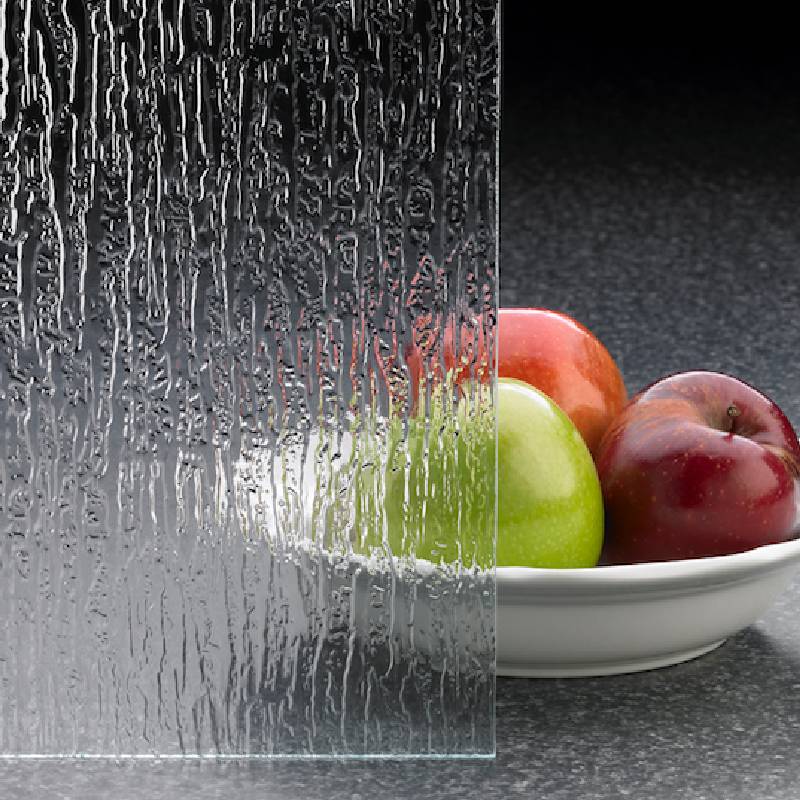The Art and Science of Colored Tempered Glass Manufacturing
Colored tempered glass has become a vital element in modern architecture, interior design, and art installations. By blending aesthetics with durability, manufacturers have been able to create a product that offers both beauty and functionality. This article delves into the process, advantages, and applications of colored tempered glass, highlighting its significance in various industries.
Understanding Tempered Glass
Tempered glass, also known as toughened glass, is made through a special heating process. The glass is initially heated to temperatures of around 620 degrees Celsius (1,148 degrees Fahrenheit) and then rapidly cooled. This process alters the glass’s internal structure, making it significantly stronger than standard glass. It can withstand higher temperatures, impacts, and thermal stresses, which is why it is often used in environments where safety is crucial.
Coloring tempered glass involves introducing pigments or dyes during the manufacturing process. This can be done by adding color directly into the raw materials used to create the glass, or by applying a colored film to the surface of the glass after it has been tempered. The result is a vibrant, durable product that does not fade over time, making it ideal for a wide range of applications.
The Manufacturing Process
The production of colored tempered glass begins with selecting high-quality raw materials, including silica sand, soda ash, and various colorants. The glass is melted in a furnace, where colorants are added to achieve the desired hue. After reaching the melting point, the glass is formed into sheets and prepared for the tempering process.
Once the glass sheets have been formed and cooled to a certain temperature, they undergo the tempering process. This involves heating the glass to a specific temperature and then rapidly cooling it using high-velocity air. This precise control over temperature and cooling rates ensures that the glass achieves its maximum strength and durability.
After tempering, the glass is inspected for quality. This includes checking for any defects, measuring thickness, and ensuring that the color is uniform throughout the sheet. Once approved, the glass can be cut, polished, and prepared for delivery to customers.
Advantages of Colored Tempered Glass
colored tempered glass manufacturer
1. Strength and Safety One of the primary advantages of colored tempered glass is its strength. It is four to five times stronger than standard glass, making it an excellent choice for high-traffic areas and structures that require safety features.
2. Versatile Design Options The ability to customize colors allows architects and designers to create unique spaces tailored to specific themes or moods. Colored tempered glass can complement various architectural styles, from contemporary buildings to traditional designs.
3. UV Protection Many colored tempered glass products come with built-in UV protection, reducing the risk of fading in furnishings and artworks indoors. This feature is particularly beneficial in spaces with large windows or glass facades.
4. Easy Maintenance The smooth surface of tempered glass makes it easy to clean and maintain. It is resistant to scratching and staining, which helps to preserve its vibrant colors over time.
Applications
Colored tempered glass is employed in numerous applications across various sectors. In commercial settings, it is commonly used in storefronts, office partitions, and exterior façades. The vibrant colors can enhance branding and create eye-catching displays. In residential design, homeowners utilize colored tempered glass for shower enclosures, balustrades, and decorative features.
In addition to these functional uses, colored tempered glass is increasingly being utilized in artistic installations. Artists use the material to create captivating sculptures and installations that capture light and color, adding an element of dynamism to public spaces.
Conclusion
The manufacturing of colored tempered glass represents a perfect fusion of art and technology. Its strength, aesthetic appeal, and versatility make it an indispensable material in contemporary design and architecture. As trends continue to evolve, the demand for innovative applications of colored tempered glass will undoubtedly grow, making it a focal point in future design endeavors. Whether enhancing the safety of a building or serving as a medium for artistic expression, colored tempered glass showcases the endless possibilities of modern materials.
 Afrikaans
Afrikaans  Albanian
Albanian  Amharic
Amharic  Arabic
Arabic  Armenian
Armenian  Azerbaijani
Azerbaijani  Basque
Basque  Belarusian
Belarusian  Bengali
Bengali  Bosnian
Bosnian  Bulgarian
Bulgarian  Catalan
Catalan  Cebuano
Cebuano  Corsican
Corsican  Croatian
Croatian  Czech
Czech  Danish
Danish  Dutch
Dutch  English
English  Esperanto
Esperanto  Estonian
Estonian  Finnish
Finnish  French
French  Frisian
Frisian  Galician
Galician  Georgian
Georgian  German
German  Greek
Greek  Gujarati
Gujarati  Haitian Creole
Haitian Creole  hausa
hausa  hawaiian
hawaiian  Hebrew
Hebrew  Hindi
Hindi  Miao
Miao  Hungarian
Hungarian  Icelandic
Icelandic  igbo
igbo  Indonesian
Indonesian  irish
irish  Italian
Italian  Japanese
Japanese  Javanese
Javanese  Kannada
Kannada  kazakh
kazakh  Khmer
Khmer  Rwandese
Rwandese  Korean
Korean  Kurdish
Kurdish  Kyrgyz
Kyrgyz  Lao
Lao  Latin
Latin  Latvian
Latvian  Lithuanian
Lithuanian  Luxembourgish
Luxembourgish  Macedonian
Macedonian  Malgashi
Malgashi  Malay
Malay  Malayalam
Malayalam  Maltese
Maltese  Maori
Maori  Marathi
Marathi  Mongolian
Mongolian  Myanmar
Myanmar  Nepali
Nepali  Norwegian
Norwegian  Norwegian
Norwegian  Occitan
Occitan  Pashto
Pashto  Persian
Persian  Polish
Polish  Portuguese
Portuguese  Punjabi
Punjabi  Romanian
Romanian  Russian
Russian  Samoan
Samoan  Scottish Gaelic
Scottish Gaelic  Serbian
Serbian  Sesotho
Sesotho  Shona
Shona  Sindhi
Sindhi  Sinhala
Sinhala  Slovak
Slovak  Slovenian
Slovenian  Somali
Somali  Spanish
Spanish  Sundanese
Sundanese  Swahili
Swahili  Swedish
Swedish  Tagalog
Tagalog  Tajik
Tajik  Tamil
Tamil  Tatar
Tatar  Telugu
Telugu  Thai
Thai  Turkish
Turkish  Turkmen
Turkmen  Ukrainian
Ukrainian  Urdu
Urdu  Uighur
Uighur  Uzbek
Uzbek  Vietnamese
Vietnamese  Welsh
Welsh  Bantu
Bantu  Yiddish
Yiddish  Yoruba
Yoruba  Zulu
Zulu 

